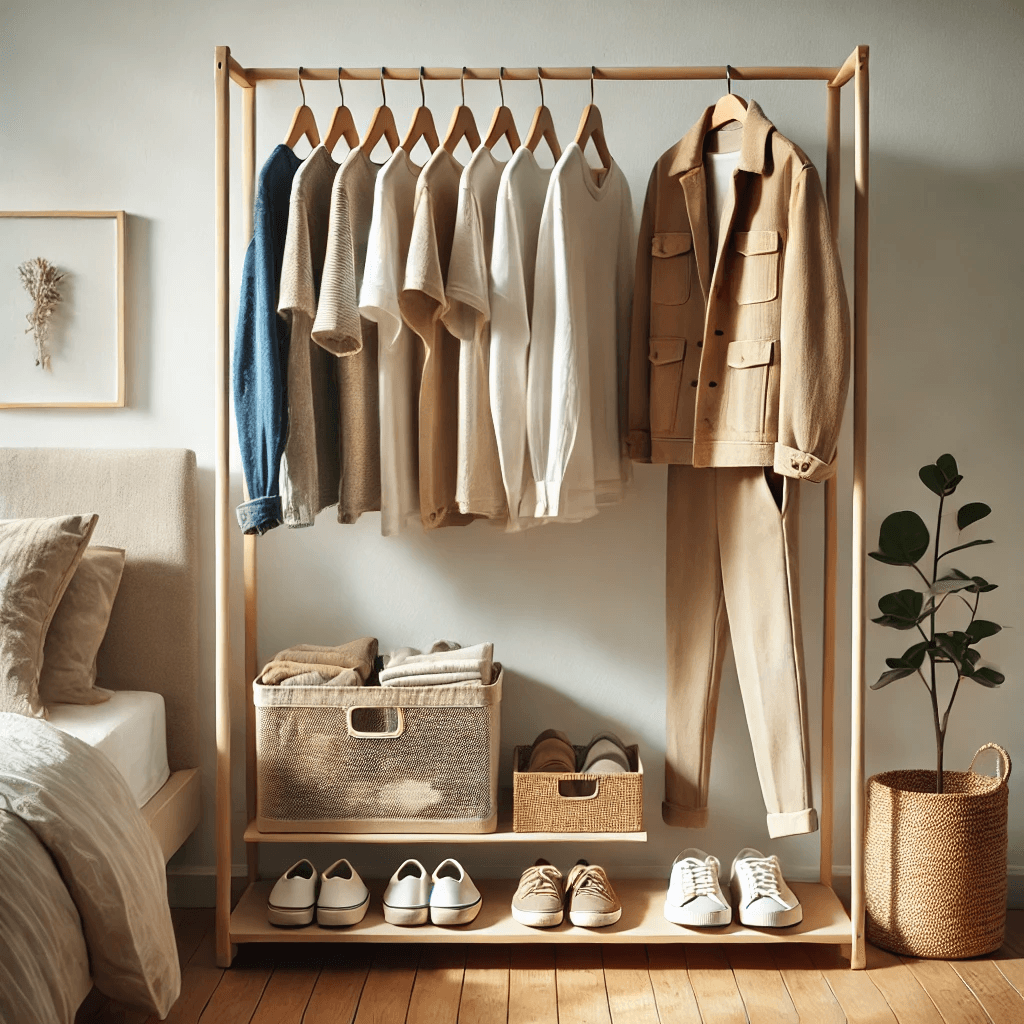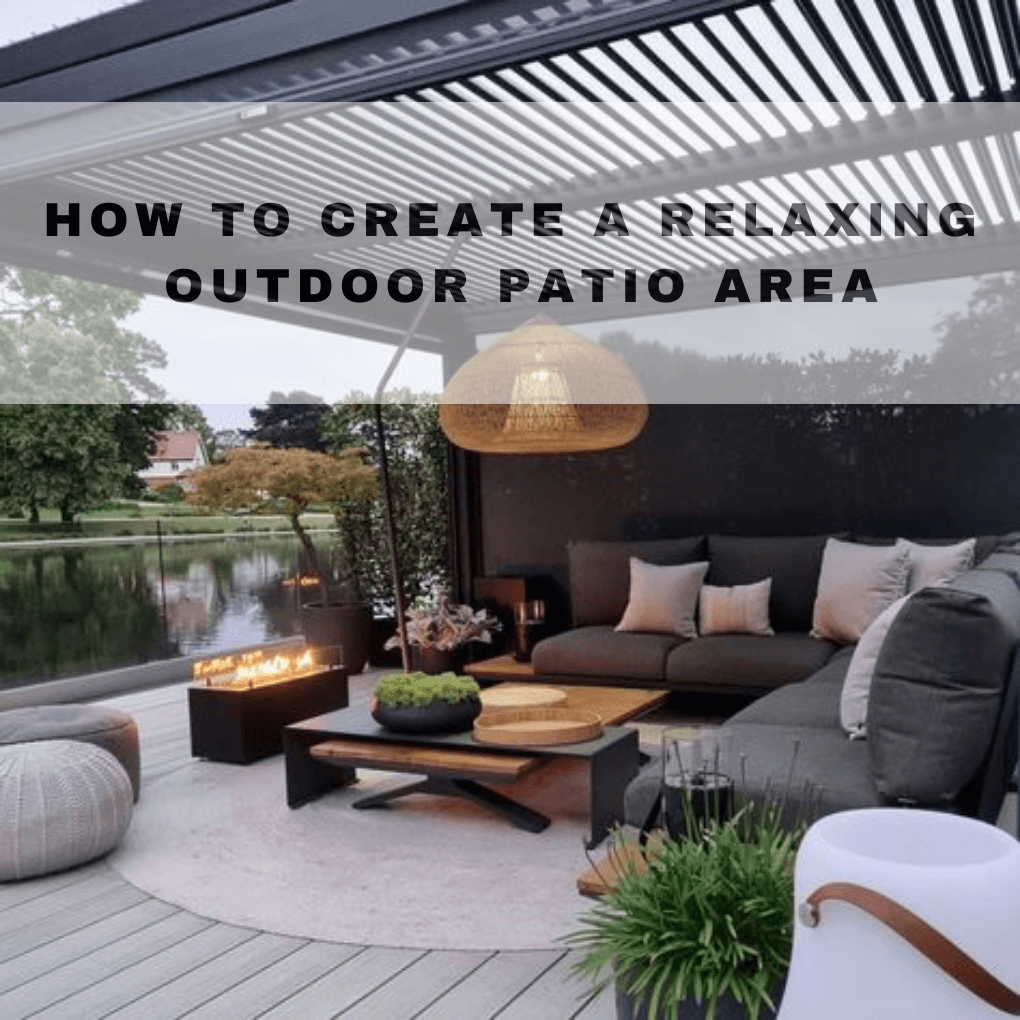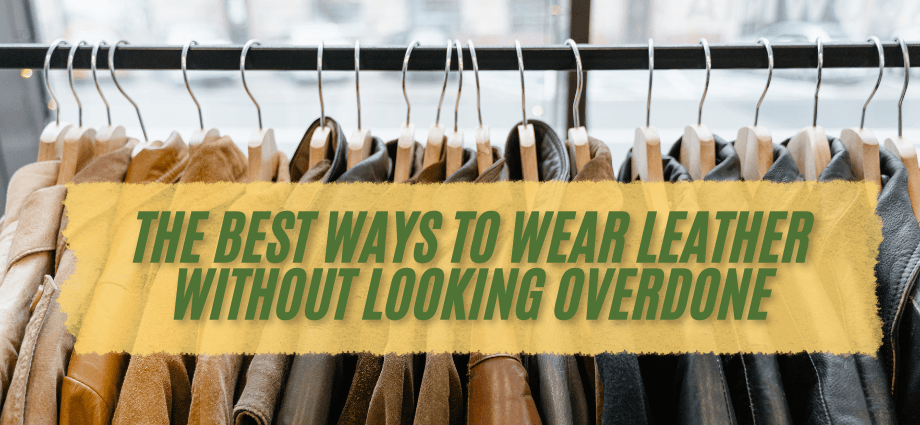Creating a minimalist wardrobe is an excellent way to simplify your life while saving money and reducing stress. Contrary to popular belief, you don’t need to spend a lot of money to have a functional and stylish wardrobe. With careful planning and smart choices, you can build a minimalist wardrobe on a budget that suits your lifestyle and personal style. This guide will take you step by step through the process.
Understanding Minimalism in Fashion
Minimalism in fashion focuses on owning fewer but better-quality items. By streamlining your wardrobe, you reduce decision fatigue and eliminate clutter. A minimalist approach prioritizes thoughtful choices that align with your personal style and daily needs.
What is a Minimalist Wardrobe?
A minimalist wardrobe is a collection of clothing that focuses on quality, functionality, and versatility. Instead of owning a closet full of clothes you rarely wear, a minimalist wardrobe consists of items that you truly love and can easily mix and match. The goal is to reduce clutter and embrace simplicity, making your daily life easier.
Why Budget-Friendly Minimalism Matters
Minimalism in fashion is not just about owning fewer clothes; it’s also about making thoughtful decisions. A budget-friendly minimalist wardrobe is especially beneficial because it:
- Saves money: You only buy what you need, avoiding impulse purchases.
- Reduces waste: Fewer purchases mean less clothing ends up in landfills.
- Supports sustainability: You can choose higher-quality pieces that last longer, reducing your environmental impact.
By focusing on these principles, you can achieve both financial and environmental benefits.
Preparing for a Minimalist Wardrobe
Preparing your wardrobe involves clearing out what you don’t need and figuring out what suits your lifestyle. This ensures you have a strong foundation before you start buying new items.
Assessing Your Current Wardrobe
The first step in building a minimalist wardrobe is understanding what you already own. Take everything out of your closet and go through each item one by one. Use these steps:
- Sort your clothes: Create three piles—keep, donate, and sell.
- Evaluate items: Keep only the clothes that fit well, are in good condition, and match your personal style.
- Eliminate duplicates: If you have several similar items, keep the best one and let go of the rest.
This process helps you declutter and identify gaps in your wardrobe.
Defining Your Style and Needs
Before buying anything new, take some time to define your personal style. Think about the clothes you feel most comfortable and confident in. Also, consider your lifestyle:
- Do you need business attire for work?
- Are casual outfits enough for your daily activities?
- Do you attend formal events often?
Write down your needs and preferences to guide your future purchases.
Planning Your Minimalist Wardrobe
Planning helps you focus on essentials, avoid overspending, and ensure every item in your wardrobe serves a purpose.

Building a Capsule Wardrobe
- Tops: Neutral t-shirts, classic button-ups, and versatile blouses.
- Bottoms: A pair of jeans, black trousers, and a midi skirt.
- Outerwear: A blazer, a trench coat, and a lightweight jacket.
- Shoes: Comfortable sneakers, classic flats, and ankle boots.
- Accessories: A leather belt, a neutral scarf, and a crossbody bag.
Choose items in neutral colors like black, white, beige, and navy. These colors are easy to mix and match, creating more outfit options with fewer items.
Choosing Versatile Pieces
- A white shirt can be dressed up with a blazer for work or paired with jeans for a casual look.
- A black dress can be worn alone for formal events or layered with a cardigan for a more relaxed outfit.
- A neutral-colored sweater works well with both skirts and pants.
The versatility of these items allows you to create multiple outfits without buying extra clothes.
Shopping on a Budget
Shopping wisely ensures you build a wardrobe without overspending. Look for deals, prioritize quality, and stick to your budget.
Setting a Budget and Prioritizing Purchases
- Set a monthly or total budget: Decide how much you’re willing to spend overall.
- Prioritize essentials: Buy the most important items first, like basic tops or pants.
- Track your purchases: Keep a list of what you’ve bought and how much you’ve spent.
This approach prevents overspending and helps you focus on what you truly need.
Where to Shop for Affordable Quality
- Thrift stores and second-hand shops: These stores often have unique items at low prices.
- Sales and clearance sections: Shop during end-of-season sales to get discounts on high-quality pieces.
- Online marketplaces: Websites like Poshmark, ThredUp, and eBay offer second-hand clothing at great prices.
Evaluating Quality Over Quantity
- Durable fabrics: Choose natural fibers like cotton, wool, or linen.
- Good stitching: Inspect seams to ensure they’re strong and won’t come apart easily.
- Timeless designs: Avoid trendy items that will go out of style quickly.
Investing in quality ensures your clothes last longer, saving you money over time.
Maintaining a Minimalist Wardrobe
Maintaining your wardrobe involves regular decluttering, caring for your clothes, and adopting habits that prevent over-accumulation.
Regularly Decluttering
- Have I worn this item recently?
- Does it still fit and look good?
- Do I still love it?
Donate or sell items you no longer need to keep your wardrobe clutter-free.
Adopting a One-In-One-Out Rule
To maintain balance, follow the one-in-one-out rule. For every new item you buy, remove an old one. This prevents your wardrobe from growing unnecessarily and encourages thoughtful purchasing.
Caring for Your Clothes
Proper care extends the life of your wardrobe. Use these tips:
- Wash with care: Follow the instructions on clothing labels to avoid damage.
- Store properly: Use hangers for delicate items and fold heavier clothes.
- Repair instead of replacing: Sew small tears, replace buttons, and fix zippers when needed.
These habits help you avoid replacing clothes too often, saving both money and resources.
Conclusion
Building a minimalist wardrobe on a budget is a rewarding process that simplifies your life and saves money. Start by decluttering your current wardrobe and identifying your needs. Focus on versatile, high-quality pieces that match your lifestyle. Shop smartly by setting a budget and looking for deals at thrift stores and online marketplaces. Finally, maintain your wardrobe by decluttering regularly and caring for your clothes.
By following these steps, you’ll create a wardrobe that works for you, saves you time and money, and aligns with a more sustainable lifestyle. Minimalism isn’t just about fashion—it’s about intentional living. Take the first step today, and enjoy the benefits of a clutter-free and stylish wardrobe.




